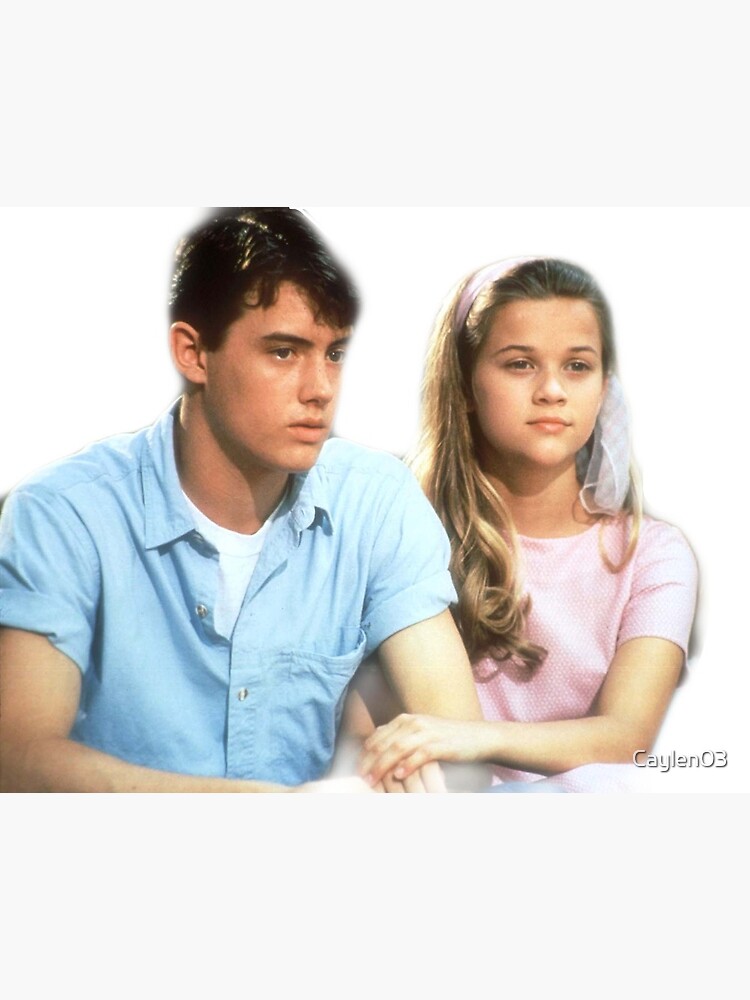
Three astronauts made the journey from the Earth to the Moon twice: James Lovell (Apollo 8 and Apollo 13), John Young (Apollo 10 and Apollo 16) and Gene Cernan (Apollo 10 and Apollo 17). In all, 24 American astronauts made the trip from the Earth to the Moon between 19. Four of America's moonwalkers are still alive: Aldrin (Apollo 11), David Scott (Apollo 15), Charles Duke (Apollo 16), and Harrison Schmitt (Apollo 17). You'll also find special dishes like tsukimi soba and tsukimi udon that feature a fried egg.Neil Armstrong and Edwin "Buzz" Aldrin were the first of 12 human beings who walked on the Moon. Other foods usually found at an Otuskimi gathering include chestnuts, sweet potatoes, taro, and other seasonal produce. Traditionally, tsukimi dango are presented as a pyramid with 15 dumplings total for the "fifteenth night".
MAN ON THE MOON MOVIE YEAR FULL
Made simply by steaming a dough of rice flour and water, these little mochi-like balls are white and round like a full moon. Many foods are a part of the celebrations, but most iconic are the tsukimi dango. Nowadays, Otsukimi is also called Jugoya, meaning "fifteenth night". Over the centuries, it became a popular holiday for all classes to pray for a good harvest, offering fall produce like Sweet Potatoes and Taro to the Moon.

People would gather outdoors under the full moon and recite poetry, play music, and enjoy seasonal dishes.

The tradition of celebrating the Harvest Moon came to Japan from China in the Heian Period (794-1185), a time known for the aristocrats' dedication to aesthetics and poetry. This moon festival, some-times called the Mid-Autumn Festival, is celebrated throughout Asia under different names. On the night of the Harvest Moon (the 15th day of the 8th lunar month), people gather to enjoy the beauty of the full moon for Otsukimi (お月見, literally “looking at the moon”). The tale even goes on to explain why the moon is grey: it's seen through the smoke of the fire that fateful night.Ĭhina and Korea share similar tales of the rabbit on the moon, which makes sense since Buddhism and the Mid-Autumn Festival both spread throughout Asia at roughly the same time (only a couple hundred years separate the two). Awed by the rabbit's sacrifice, he places the rabbit's image on the moon for all to see. The beggar reveals himself to be Śakra, the ruler of heaven. As in the Japanese tale, he jumps into the flames of their fire. A beggar passes by and each offers something for the man but the rabbit can only offer grass. The motley crew of animals decided to practice charity on the day of the full moon. In this version, the rabbits companions vary. Though the tale has been fully "japan-ified" with time, its roots have been traced to a Buddhist tale, Śaśajâtaka. This classic folktale is often told to children around the time of the harvest moon. Now, if you look at the full moon, you can see the outline of the Rabbit pounding mochi on the moon. To honor the Rabbit's kindness, the Man on the Moon carried the Rabbit back to the moon to live with him. Amazed by the Rabbit's generosity, the beggar transformed back into the Man on the Moon and pulled the Rabbit from the fire.

So he told the beggar to build a fire, and when it was built, threw himself onto the flames to offer himself to the Man. The Fox brought him fish from a stream, and the Monkey brought fruit from the trees, but the Rabbit could only offer grass.
He chanced upon a Fox, a Monkey, and a Rabbit ( usagi ) and asked for some food. The story traces Kaufman's steps from childhood through the comedy clubs and. The film was directed by Milo Forman and also features Danny DeVito, Courtney Love, and Paul Giamatti. One night, the Man on the Moon came down to earth disguised as a beggar. (film) Man on the Moon is a 1999 biographical comedy-drama film about the late American entertainer Andy Kaufman, starring Jim Carrey as Kaufman. You might be familiar with Japan’s most famous reference to this folktale, the name of our favorite Sailor Senshi: Sailor Moon aka Usagi Tsukino! How a Rabbit Reached the Moon: Tsuki no Usagi is one of Japan's most popular folktales, and its imagery is found throughout Japan, especially at this time of year. Have You Heard the Story of the Rabbit on the Moon?


 0 kommentar(er)
0 kommentar(er)
